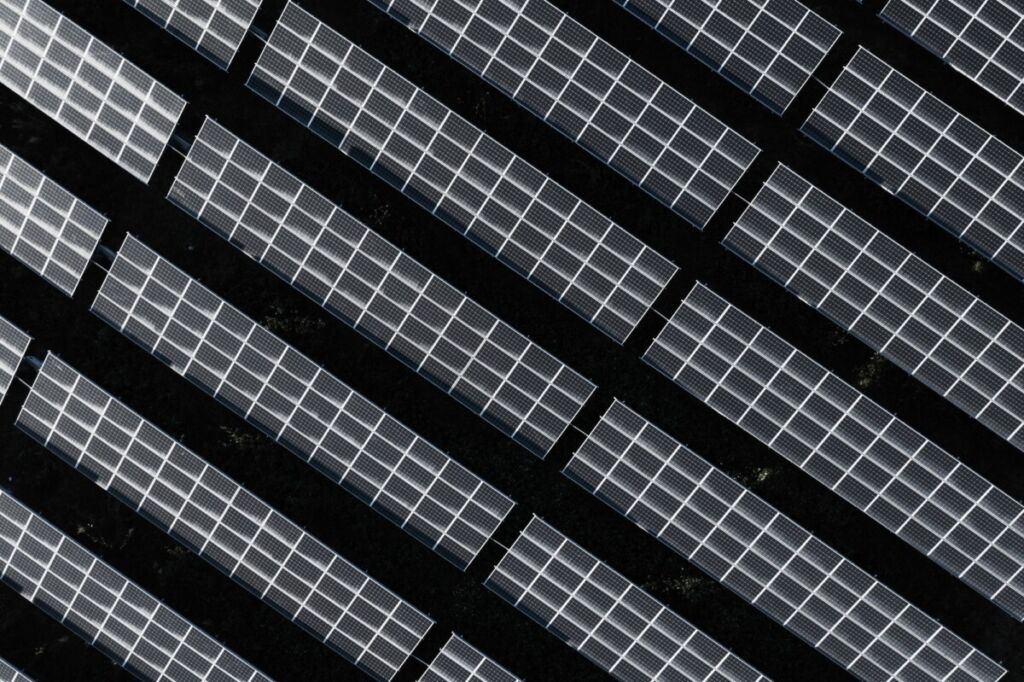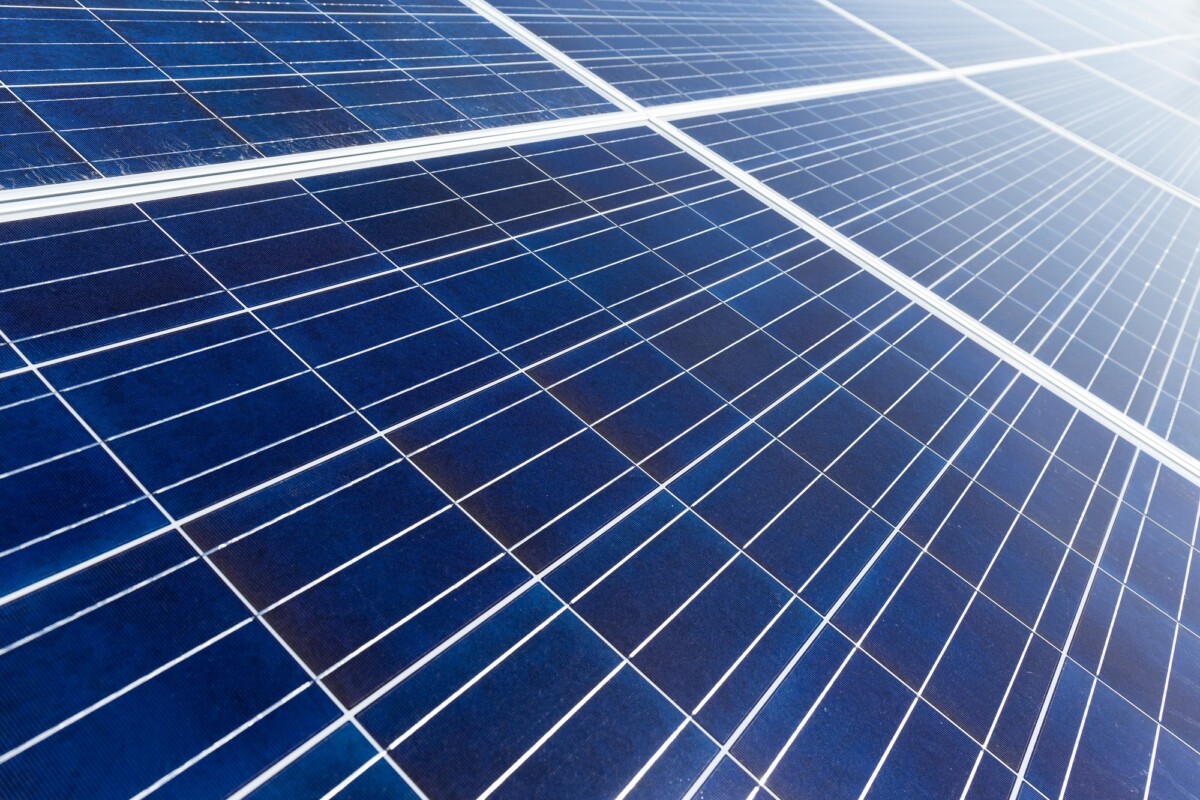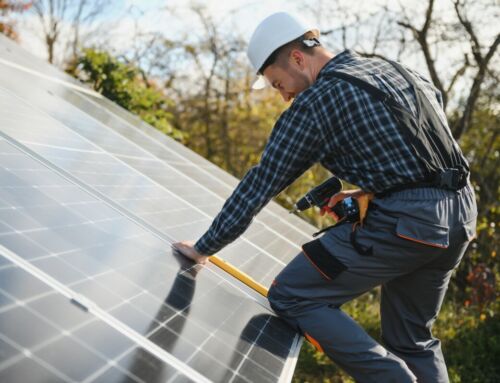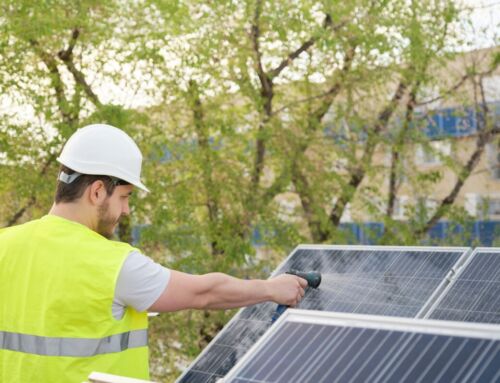Active solar energy is transforming how we generate and use electricity. From residential rooftops to large-scale solar farms, these systems play a vital role in reducing fossil fuel reliance and enhancing clean energy adoption. Unlike passive systems that rely on building orientation and materials to capture heat, active solar energy involves the use of mechanical and electrical devices to collect, store, and distribute solar power efficiently. As the global energy landscape shifts toward sustainability, active solar technologies have become essential in powering homes, businesses, and industries across the United States.
What is active solar energy?
Active solar energy refers to systems that utilize external mechanical means—such as pumps, fans, and electric controllers—to harness solar power. These devices either convert sunlight into usable electricity through photovoltaic (PV) cells or transform it into heat via solar thermal collectors. Unlike passive methods, which depend solely on natural convection and thermal mass, active systems are dynamic, scalable, and more effective for large-scale or high-demand energy needs.
There are two major categories of active solar energy systems:
-
Photovoltaic (PV) systems – Convert sunlight directly into electricity using solar panels.
-
Solar thermal systems – Use sunlight to heat fluids or air, which is then stored or circulated to generate thermal energy for domestic hot water, space heating, or industrial applications.
Components of active solar energy systems
Active solar energy systems comprise several integrated parts, each contributing to the efficient conversion, storage, and delivery of solar energy. Here are the core components commonly used:
Photovoltaic (PV) systems
-
Solar panels: Made up of photovoltaic cells that convert sunlight into direct current (DC) electricity.
-
Inverter: Converts DC into alternating current (AC) electricity suitable for home or grid use.
-
Mounting system: Supports the panels on rooftops or ground arrays.
-
Battery storage (optional): Stores excess energy for use during low-sunlight periods.
-
Charge controller: Regulates voltage and current from panels to batteries.
Solar thermal systems
-
Solar collectors: Usually flat-plate or evacuated tube collectors that absorb solar radiation.
-
Heat transfer fluid: Circulates through the system to collect and store heat.
-
Pumps and valves: Enable fluid circulation throughout the system.
-
Storage tank: Holds the heated water or fluid for later use.
-
Heat exchanger: Transfers heat from the fluid to water or air used in homes or industrial processes.
How active solar energy works
Active solar energy systems operate by collecting sunlight and transforming it into electricity or thermal energy, depending on the type of system. Here’s a simplified breakdown of both methods:
Photovoltaic (PV) process
-
Sunlight hits the solar panels, and the photovoltaic cells absorb energy.
-
DC electricity is produced, which flows into an inverter.
-
The inverter converts DC into AC electricity, which is then used to power appliances or fed into the electric grid.
-
Excess electricity can be stored in batteries or sold back to the utility grid through net metering.
Solar thermal process
-
Collectors absorb solar radiation, heating a working fluid like water or antifreeze.
-
The heated fluid circulates through the system via a pump.
-
Thermal energy is stored in tanks for use in water heating, space heating, or industrial processes.
-
Control systems regulate fluid flow, temperature, and pressure to maintain efficiency.
Table: Comparison of Active Solar Energy Systems
| Feature | Photovoltaic (PV) Systems | Solar Thermal Systems |
|---|---|---|
| Primary Output | Electricity | Heat |
| Key Components | Panels, inverter, batteries | Collectors, pumps, storage tanks |
| Applications | Lighting, appliances, EVs | Hot water, heating, industrial |
| Storage Options | Batteries | Thermal storage tanks |
| Maintenance Needs | Low to moderate | Moderate |
| Common Installations | Rooftop, ground-mount | Roof collectors, solar water heaters |
Advantages of active solar energy
Active solar energy provides numerous benefits that align with current trends in sustainability, energy independence, and long-term savings.
Efficiency and scalability
Because active systems rely on mechanical components, they offer higher energy conversion efficiency and are ideal for larger installations. This makes them suitable for homes, offices, and even grid-tied solar farms.

Thinking about solar energy? See how it can lower your bills and elevate your home’s efficiency. Get Your Free Estimate at NewSolar Quotes
Energy independence
With active solar systems, homeowners and businesses can reduce or eliminate their reliance on public utilities. Solar plus battery storage enables users to operate independently, especially during outages or peak demand periods.
Environmental impact
By reducing dependence on fossil fuels, active solar systems significantly cut down on greenhouse gas emissions. This contributes to a cleaner atmosphere and supports climate change mitigation.
Cost savings
Though initial installation costs can be high, federal tax credits, state incentives, and net metering programs lower the payback period. Over time, solar users benefit from reduced utility bills and increased home value.
Versatile applications
Active solar energy systems can be tailored for a wide range of environments—from residential setups to industrial heating applications. Their modular nature allows customization according to user needs.
Limitations and challenges
Despite its many advantages, active solar energy systems are not without drawbacks. Awareness of these limitations is essential for informed decision-making.
Upfront costs
While prices have dropped significantly, the initial investment for equipment and installation can still be a barrier for some homeowners. Financing options and incentives help, but affordability remains an issue for many.
Maintenance requirements
Mechanical parts such as pumps, valves, and inverters require routine checks and occasional replacement. Thermal systems may also need fluid replacement to maintain efficiency.
Weather dependence
Energy output is directly influenced by sunlight availability. While battery storage can offset this, locations with prolonged cloudy seasons may need supplemental power sources.
Space and orientation
For optimal performance, systems need south-facing orientation and sufficient space—typically on rooftops or open land. Shaded or cramped urban environments may pose challenges.
Applications of active solar energy in the United States
Active solar energy systems are used in various sectors, improving energy sustainability across the board.
Residential use
Many homeowners are adopting solar PV systems to power their appliances, HVAC systems, and electric vehicles. Solar water heaters also provide cost-effective solutions for hot water needs.
Commercial and industrial use
Office buildings, schools, and factories use large-scale PV systems or solar thermal collectors for lighting, climate control, and water heating. These systems lower operating costs and promote green building certifications.
Utility-scale solar farms
Massive solar installations in states like California, Arizona, and Nevada generate hundreds of megawatts of electricity for the grid, helping meet state renewable portfolio standards.
Agricultural use
Solar energy powers irrigation pumps, lighting, and heating systems in rural farms, reducing dependency on grid electricity and diesel generators.
Table: Active Solar Energy Incentives in the U.S.
| Incentive Type | Description | Example |
|---|---|---|
| Federal Solar Tax Credit | 30% credit on installation costs | Available nationwide |
| Net Metering | Credit for excess electricity fed to the grid | Offered by local utilities |
| State Rebates | One-time or recurring rebates on solar systems | CA, NY, MA, etc. |
| Property Tax Exemptions | Solar systems excluded from property tax | Various states |
Future of active solar energy
The U.S. Department of Energy and private industries continue to invest heavily in solar technologies, leading to innovations like bifacial panels, smart inverters, and thermal storage systems. Coupled with AI-based energy management and grid integration, the future of active solar energy is both scalable and intelligent.
As solar adoption accelerates, we can expect reduced costs, improved energy density, and better integration with electric vehicles, smart homes, and microgrids. The shift toward decentralized energy systems will place active solar energy at the forefront of tomorrow’s energy ecosystem.
Frequently Asked Questions
What is the difference between active and passive solar energy?
Active solar energy uses mechanical devices like pumps or fans to collect and convert sunlight, while passive systems rely on building design and materials to naturally absorb and retain heat.
Are active solar energy systems suitable for all climates?
Yes, although performance may vary. Active systems are efficient even in colder climates, especially solar thermal collectors designed with antifreeze fluids and insulated storage.
How much does it cost to install an active solar energy system?
Costs range from $10,000 to $30,000 depending on system size, type, and location. Incentives such as the federal tax credit reduce total expenses significantly.
Can I use active solar energy without being connected to the grid?
Yes, off-grid active solar energy systems are viable, especially with battery storage. However, they require careful sizing to meet energy needs during low-sunlight periods.
What is the lifespan of an active solar energy system?
PV panels typically last 25–30 years, while thermal systems may last 20 years or more with regular maintenance. Inverters and pumps may need replacement every 10–15 years.
Final Thoughts
Active solar energy offers a reliable, scalable, and efficient means of harnessing the sun’s power to meet growing electricity and heating needs. Whether for residential, commercial, or industrial purposes, these systems enable users to gain energy independence, reduce utility bills, and support a cleaner environment. As technology and incentives continue to improve, the path toward widespread solar adoption in the United States becomes more practical and promising. Now is the time to consider how active solar energy can play a role in your sustainable future.
Switch to solar and start saving now! Don’t miss out on a cleaner, cost-effective energy solution. Schedule Your Free Consultation at NewSolar Quotes
Discover more ways to save with solar! Visit New Solar Quote and see the potential for your home.





